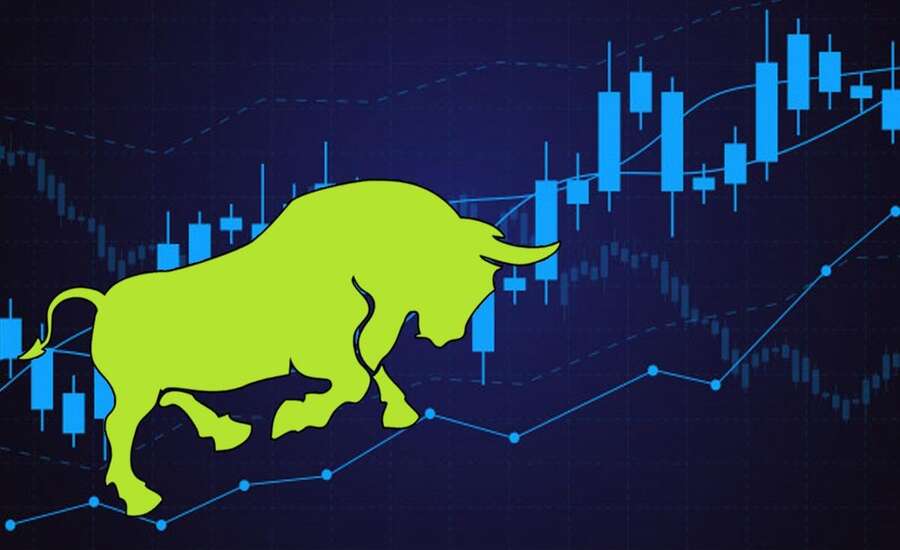

When the S&P 500 Index closed on June 9 up 20% from its low on Oct. 12, 2022, the 14th bear market of the post-World War II era officially ended. The market that has replaced it might well be called a bull calf: a bit wobbly on its feet, lacking the broad enthusiasm for stocks usually associated with mature bull markets and somewhat cowed by fears of continued inflation, possible recession and a host of geopolitical tensions.
Nevertheless, a bull market, in any form, is better than the alternative, especially if it has positive effects on the mood and mindset of investors. Monthly statements that show gains instead of losses certainly elevate an investor’s mood. They also are likely to trigger more positive feelings about one’s advisor and probably a greater inclination to consider an advisor’s suggestions. If that’s the case, now is the time for advisors to act on the rising tide of bull market positivity by nudging clients into actions that will have long-term positive consequences, especially when the market inevitably again turns down.
As Jeff Benjamin recently reported, that doesn’t necessarily mean changing investment strategies or even portfolio positions. As one advisor he spoke with explained, a bull market just puts clients in a better mood to heed the advice they have been given all along. For clients nearing retirement age, that advice is simply to save and invest more.
While critics have charged that the advice business scares clients into saving more than is necessary so it can reap more fees for managing assets, the truth is that even the relatively wealthy may not have saved and invested sufficiently to fund the retirement they envision.
A new study by the Center for Retirement Research at Boston College, “How Well Do People Perceive Their Retirement Preparedness,” found that 40% of the nation’s households are in good shape and know they will be able to maintain their lifestyle, 20% are in trouble and know it, and the remaining 40% are either not worried enough or too worried.
Perhaps surprisingly, while 56% of the lower-income households profiled were at risk and 50% of them realized it, 41% of high-income households were at risk but just 17% were aware that their dreams and reality did not mesh. Worrisome too, the CRR concluded, is that even those who recognize they are in trouble may not act unless prodded.
If there’s anything that behavioral economics has taught, it’s that positive nudges — like automatic enrollment in workplace saving plans, for instance — can have a hugely beneficial impact on future outcomes. Instead of a time to take new risks, a bull market may be the perfect time to reassess future risks and act prudently.

The collaboration will focus initially on strategies within collective investment trusts in DC plans, with plans to expand to other retirement-focused private investment solutions.

“I respectfully request that all recruiters for other BDs discontinue their efforts to contact me," writes Thomas Bartholomew.

Wealth tech veteran Aaron Klein speaks out against the "misery" of client meetings, why advisors' communication skills don't always help, and AI's potential to make bad meetings "100 times better."

The proposed $120 million settlement would close the book on a legal challenge alleging the Wall Street banks failed to disclose crucial conflicts of interest to investors.

Sue Quackenbush brings more than 25 years of leadership experience to "align people strategies with a growth-oriented culture" at Envestnet.
Orion's Tom Wilson on delivering coordinated, high-touch service in a world where returns alone no longer set you apart.
Barely a decade old, registered index-linked annuities have quickly surged in popularity, thanks to their unique blend of protection and growth potential—an appealing option for investors looking to chart a steadier course through today's choppy market waters, says Myles Lambert, Brighthouse Financial.
